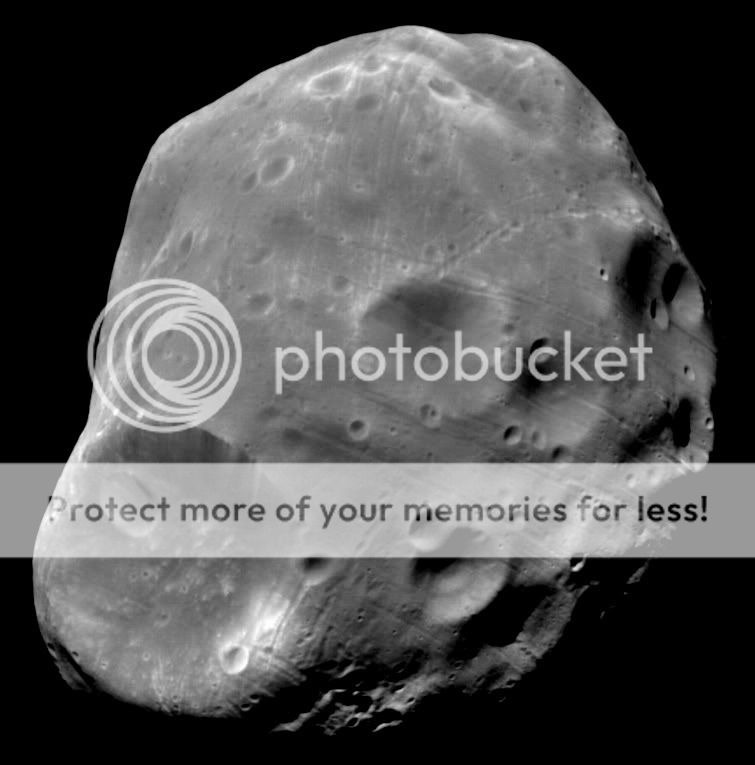3
3488
Guest
Where did the Mars moons Phobos 27 KM wide & Deimos 15 KM wide come from?
Any thoughts & why???
Please explain your choice.
A few images below of Phobos.
Phobos enhanced colour from MRO HiRISE.
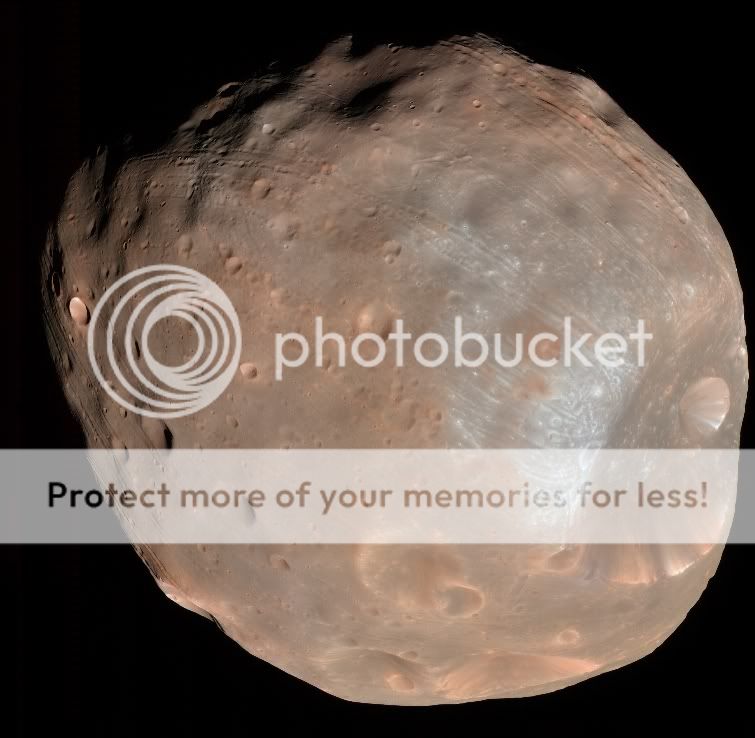
Phobos crater appox 5 KM wide with large boulder. MRO HiRISE.
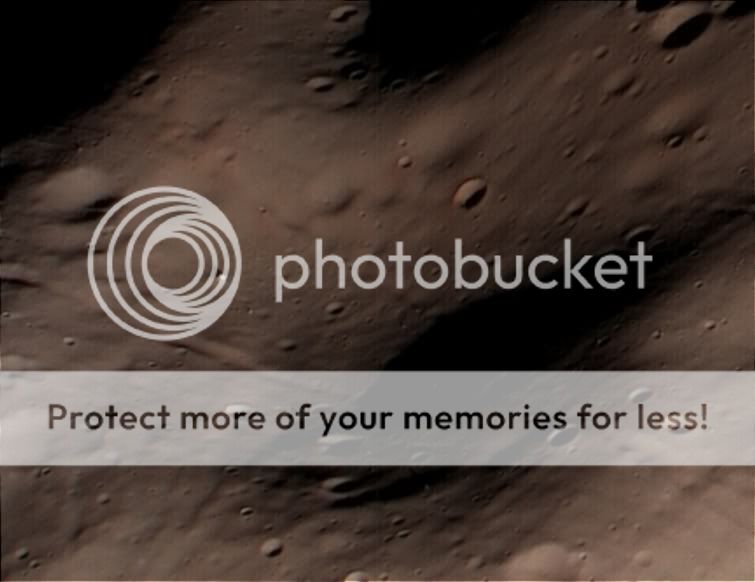
Phobos, material sliding down walls of Stickeny Crater. MGS MOC.
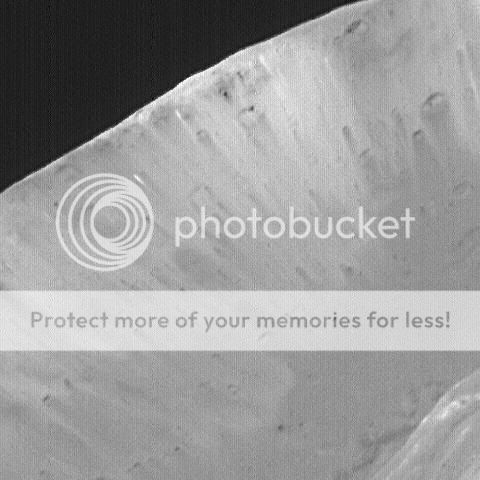
Phobos, antimars side. Mars Express.
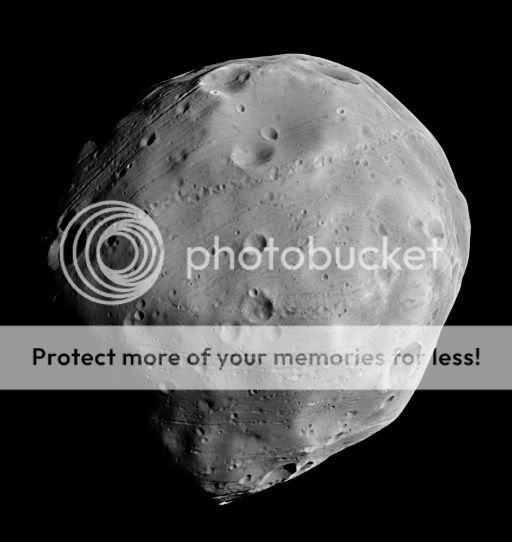
Phobos, hills & craters on 5 KM wide horizon. Mars Express.
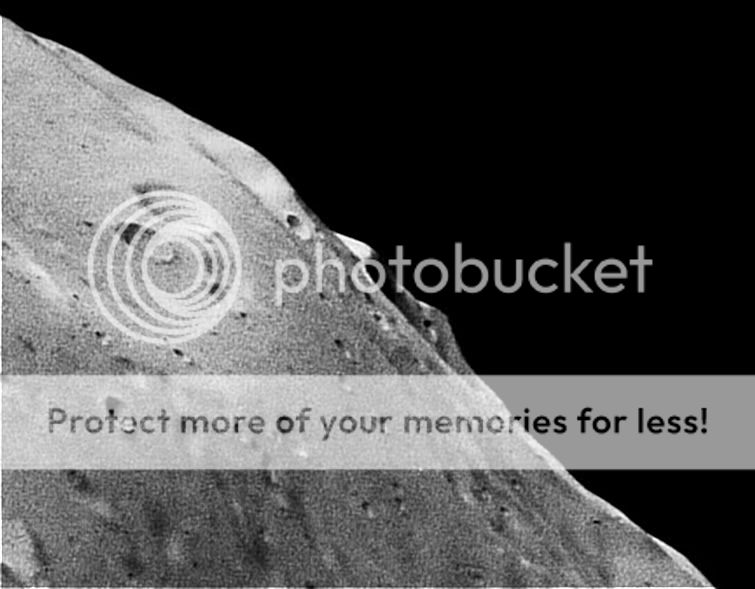
Phobos, looking down from 'above'. N marks North Pole on Phobos. Mars Express.

Proposed Phobos-Grunt landing area. Mars Express.
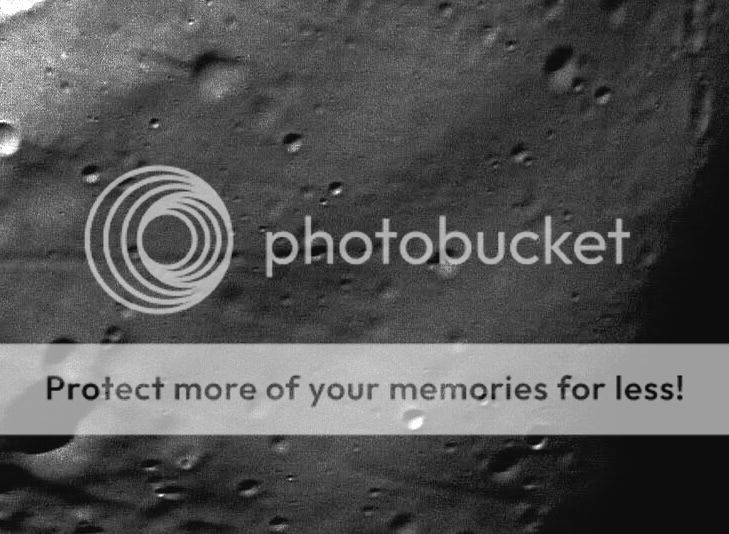
Phobos MGS MOC. Stickney Crater top left, with giant boulders.
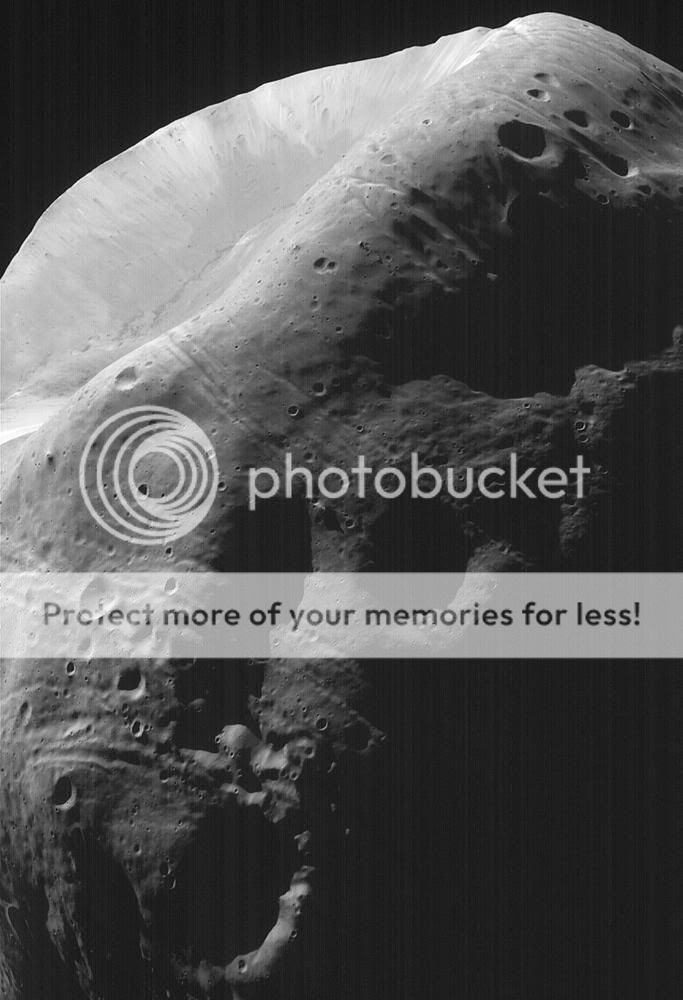
Phobos, large boulder MGS MOC.
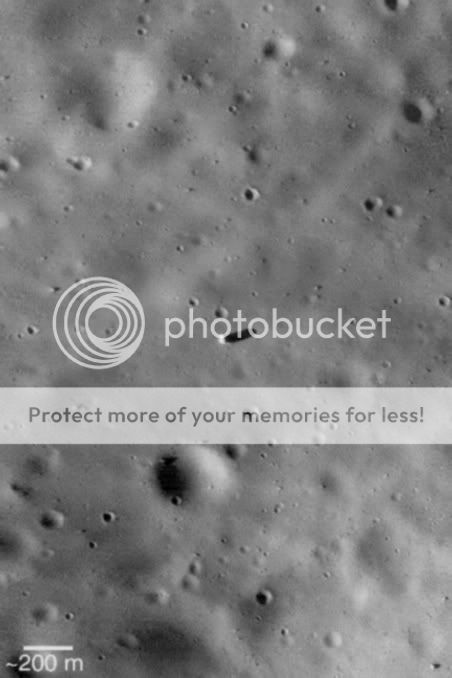
Below a few Deimos images.
Deimos. MRO HiRISE.
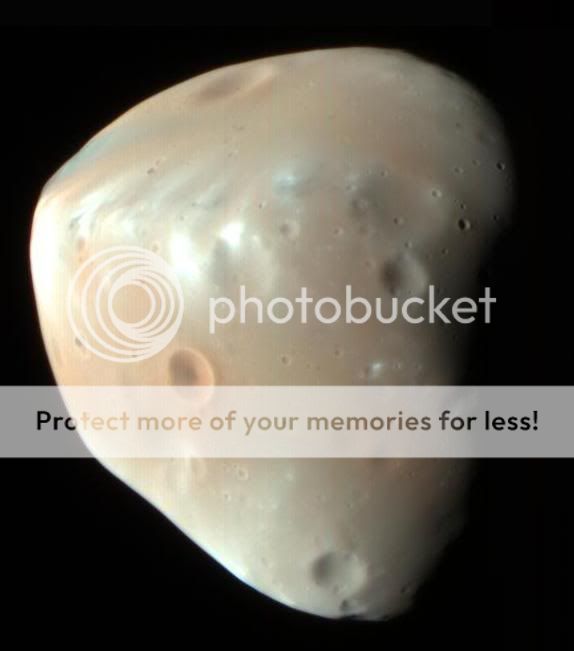
Deimos. MRO HiRISE. Looks almost like a boxing glove from this angle!!!!
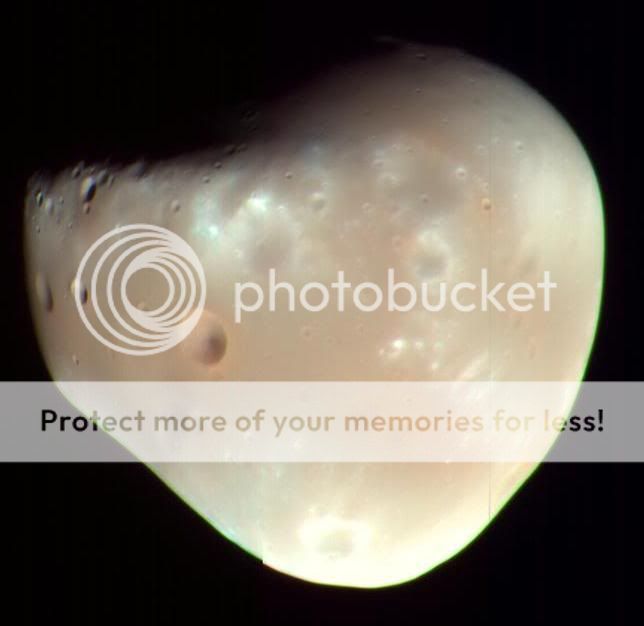
Deimos Viking 2 orbiter. Viking 2 passed just 45 KM from Deimos when this was taken.
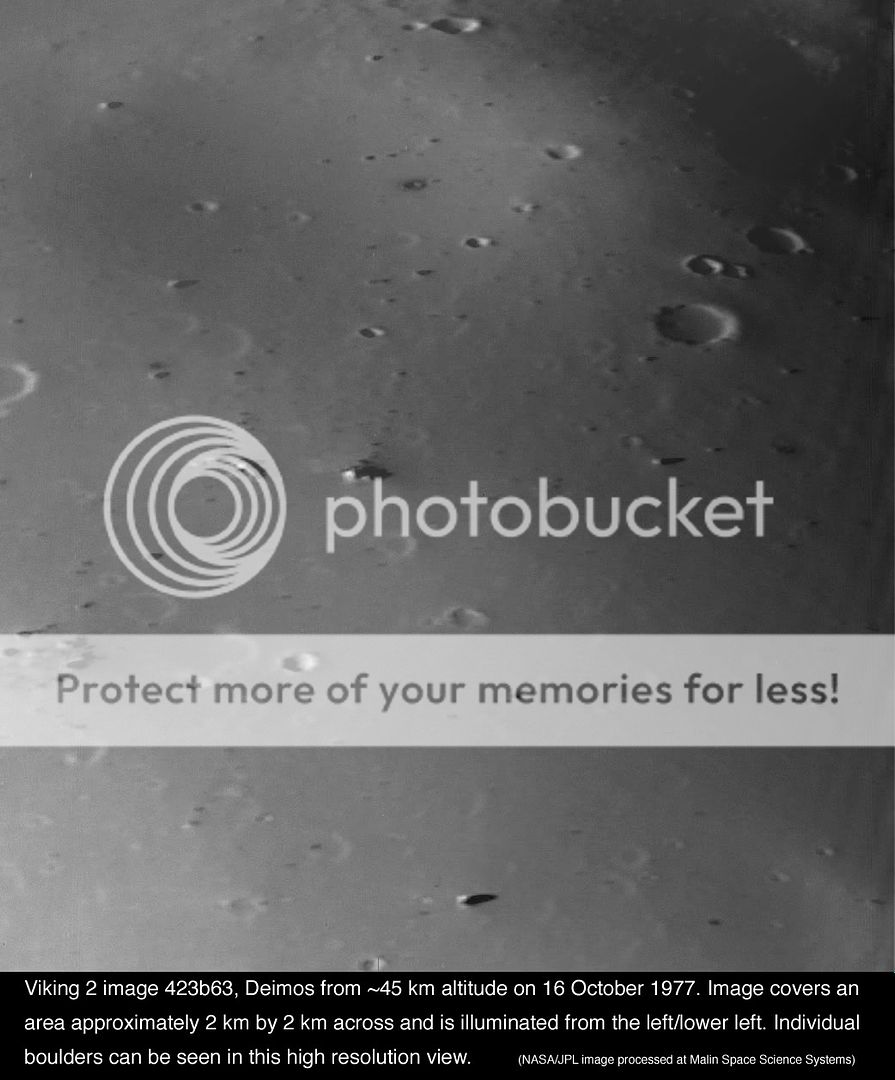 #
#
A few more Viking 2 orbiter images of Deimos.
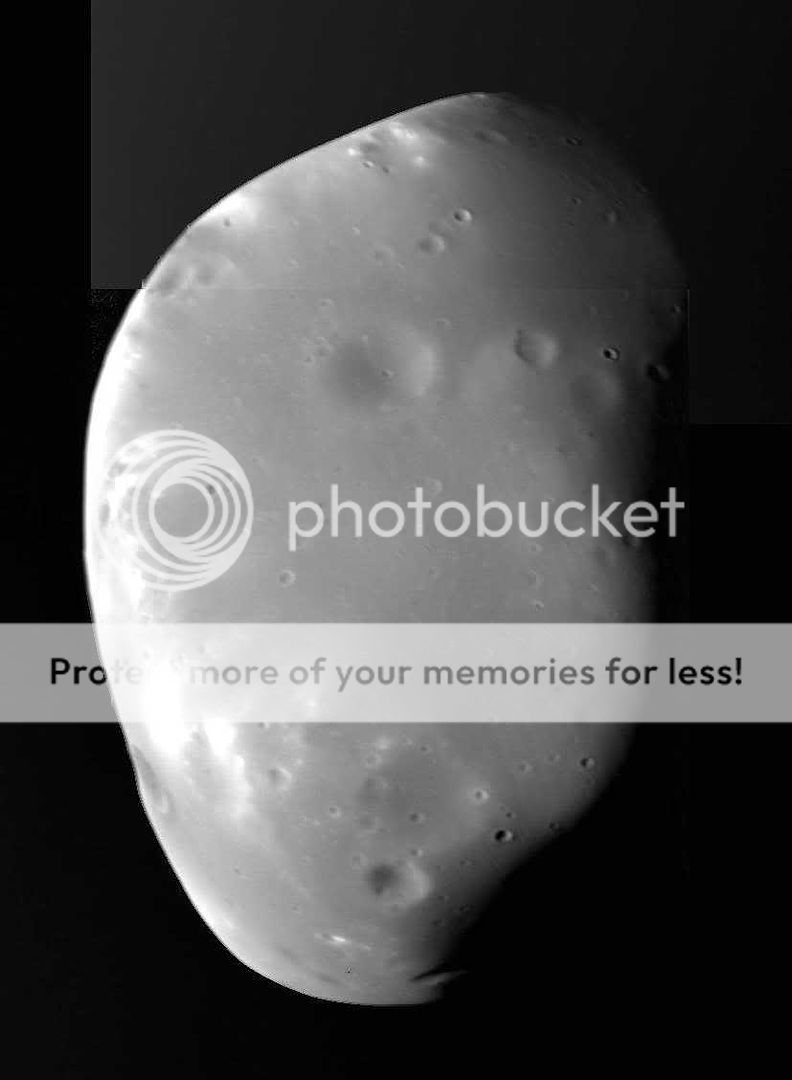

Deimos south polar region. Viking 2. It was southern Summer in the Mars system at this time.

Andrew Brown.
Any thoughts & why???
Please explain your choice.
A few images below of Phobos.
Phobos enhanced colour from MRO HiRISE.

Phobos crater appox 5 KM wide with large boulder. MRO HiRISE.

Phobos, material sliding down walls of Stickeny Crater. MGS MOC.

Phobos, antimars side. Mars Express.

Phobos, hills & craters on 5 KM wide horizon. Mars Express.

Phobos, looking down from 'above'. N marks North Pole on Phobos. Mars Express.

Proposed Phobos-Grunt landing area. Mars Express.

Phobos MGS MOC. Stickney Crater top left, with giant boulders.

Phobos, large boulder MGS MOC.

Below a few Deimos images.
Deimos. MRO HiRISE.

Deimos. MRO HiRISE. Looks almost like a boxing glove from this angle!!!!

Deimos Viking 2 orbiter. Viking 2 passed just 45 KM from Deimos when this was taken.

A few more Viking 2 orbiter images of Deimos.


Deimos south polar region. Viking 2. It was southern Summer in the Mars system at this time.

Andrew Brown.



